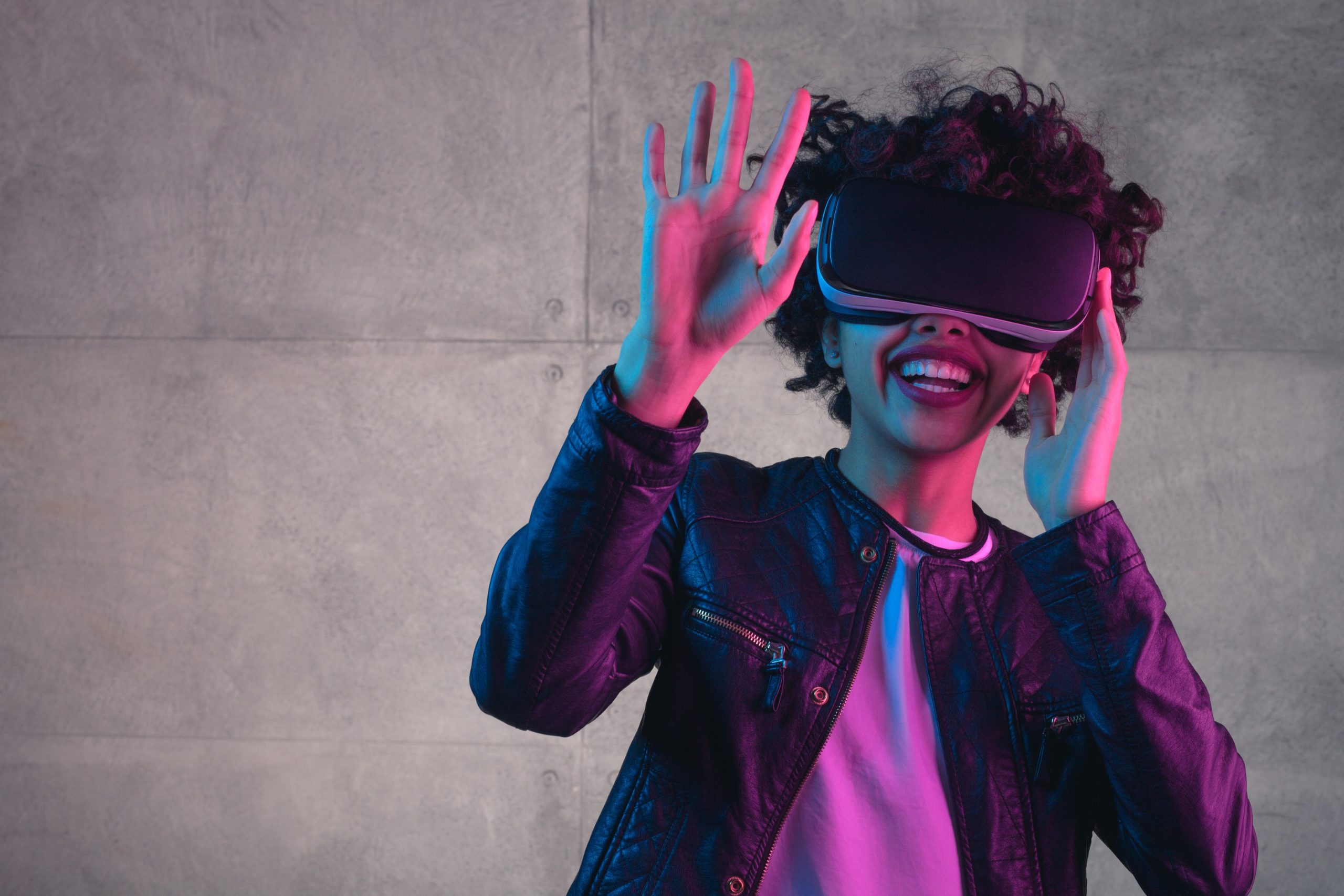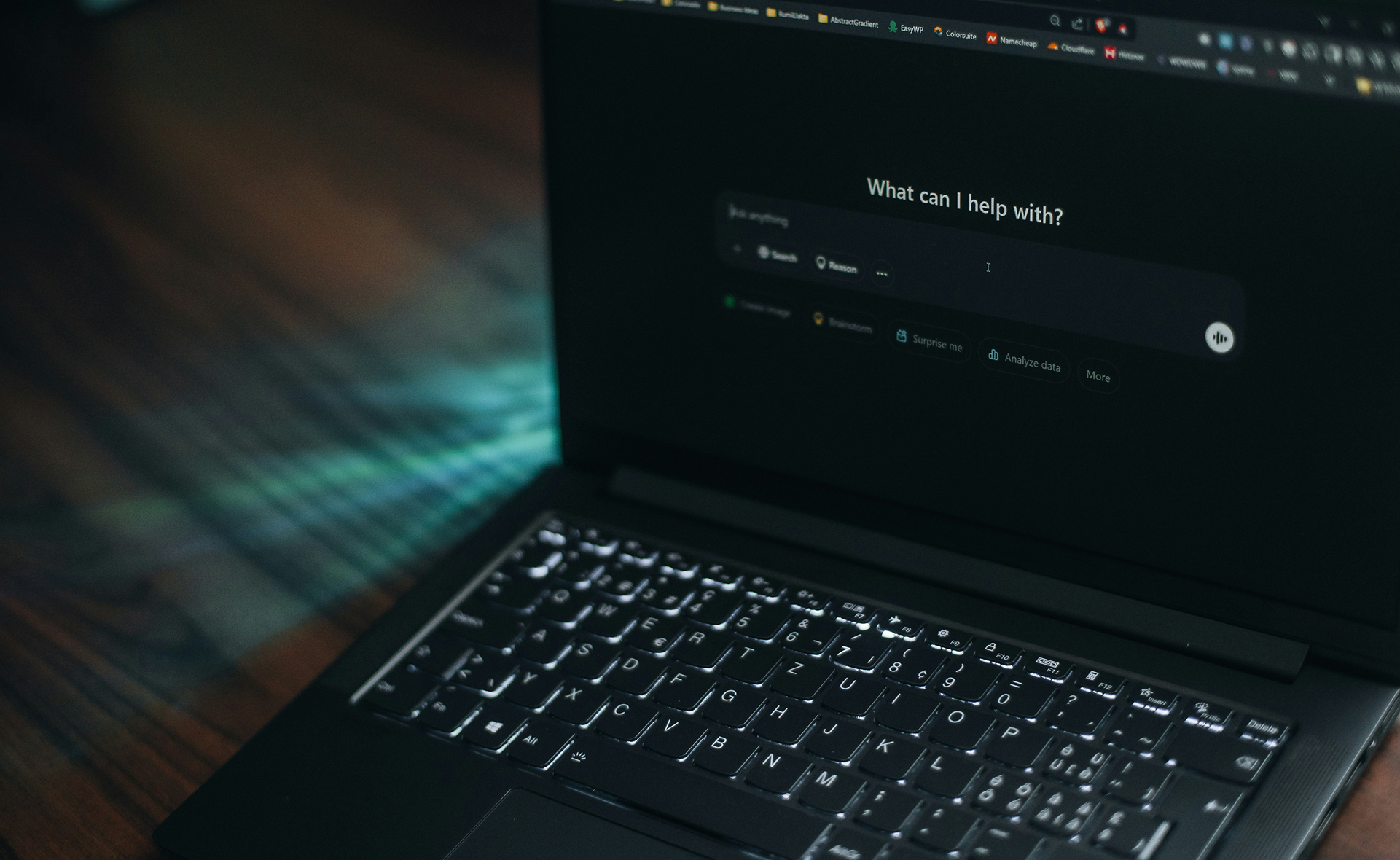Localising Augmented and Virtual Reality Content
Every few years the marketing world is hit with news of the next big thing, so cynicism surrounding predictions about the future of marketing is to be expected. With this said, augmented and virtual reality technology is bucking this scepticism and the marketing world is genuinely excited for its integration into retail.
The global market for augmented and virtual reality is expected to be worth $1.6 billion USD by 2025, leaving many experts envisioning the technologies taking over retail. If rolled out correctly, it allows for both retailers and consumers to have a better shopping experience by offering an immersive and interactive experience.
According to studies, 40% of people are willing to pay more for a product if they can experience it first through augmented reality. To remain competitive in e-commerce, brands are looking at how they can compete against online retailers like Amazon and E-bay, as well as amplify the overall brand experience for their customers. Consumers ‘value experiences’ and using augmented and virtual reality technology creates more personalised shopping experiences and boosts customer loyalty. Plus, augmented and virtual reality provide another digital avenue for brands to access and examine data regarding consumer engagement.
With augmented and virtual reality set to take over, brands need to position themselves in a place where they can actualise these benefits across multilingual markets.
Innovations in Augmented and Virtual Reality#
Right now, many tech analysts believe that we have reached a “landmark moment” for augmented and virtual reality. According to George Jijiashvili, a senior analyst at Ovum, the augmented reality market has already reached a “tipping point” because of the research and development of enabled hardware and software. Apple recently rolled out a new update to its Quick Look augmented reality tool whereby iPhone and iPad users can check out products in augmented reality and purchase them directly. Facebook has also overhauled its Oculus Quest UI in a step towards making VR “the next computing platform.”
Retail giants like Tommy Hilfiger have introduced virtual reality-enabled headsets to provide 360-degree outdoor views to market its outdoor range while the customer is inside the shopping centre. Pretty Little Thing has also adopted Instagram’s new AR filters as part of its marketing plan.
Essential considerations for localisation#
Internet connectivity and penetration are growing exponentially outside of the Western world and as we have pointed out before, consumers in places like East Asia and the Middle East are keen to purchase from Western brands. Social media and mobile phone use are nearly ubiquitous in parts of Africa and Asia and many consumers use Western social media platforms, presenting brands with an opportunity to tailor their marketing strategy to engage in a potentially lucrative market.
But as augmented and virtual reality are more visual forms of marketing, the first thing that brands should consider is the cultural contexts in how they present visual content, titling and even the layout of the technology, outside of the West.
For example, in Arabic, the text is displayed from right to left, as opposed to Latin text which runs from left to right. Graphics, icons and the manner text is positioned on screen are affected by this. For instance, screen applications in Arabic are read from the top right-hand corner.
Symbols also follow specific cultural contexts of that region and brands using augmented reality will need to ensure that symbols for currency, icons and other graphics resonate with the target audience. Colours are also heavily influenced by culture, and a brand looking to market in Asia using red, might be well received as red is associated with luck, but might want to steer clear of using red in some parts of South Africa, where it is associated with mourning and struggle.
Other elements that might need to be factored in include incorporating dubbing for virtual reality technology that incorporates voice-overs or cultural considerations around modesty and avoiding cliches.
Find out more#
To succeed in localising your multimedia or augmented and virtual reality content, you need to understand your target markets and be properly equipped to communicate with your audience in a fully relevant, powerful way.
Find out how Locaria can help you achieve your multimedia translations or international SEO goals by calling us on +44 (0)20 3948 6800, or request a quote online today.



